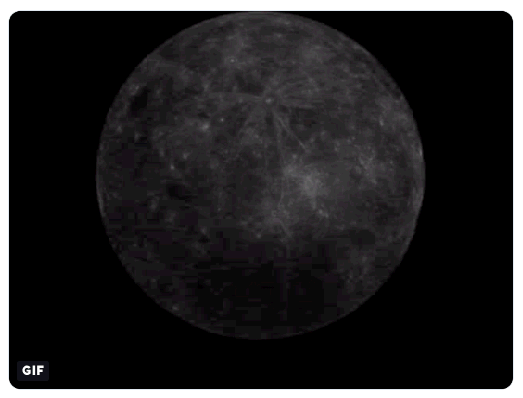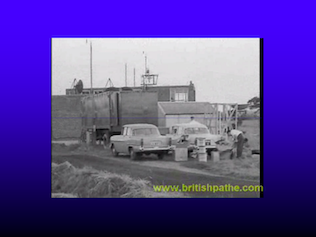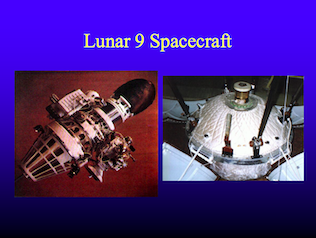note: Here are two examples of "hijacked signals" that include "public release of the images or data that included the admission that it is 'stolen' or 'hijacked'." I am sure there are a few more. One is backyard audio and the other is intercepted video!
From Lunar Eavesdropping in Louisville, Kentucky by C. Graney, Jefferson Community & Technical College, Otter Creek-South Harrison Observatory
The site shows images of Rutherford’s article and the front page of section B of the July 23, 1969 issue of the Courier-Journal and mentions these articles in QST:


Baysinger told me that the Apollo lunar eavesdropping project arose because in the late 1960’s he was an amateur radio astronomer with an interest in NASA, in astronomy, in UFOs, and in other such things that were hot topics at a time when America was on the verge of landing its first men on the moon. He experimented with satellite tracking and capturing pictures of Earth transmitted from weather satellites. He had some success in these matters – for example, he was able to print out crude images from weather satellites using an impact printer that printed using carbon paper.
These interests and efforts led to the idea that he might independently verify the information that NASA had been providing about the Apollo program. Could he get unedited, unfiltered information about the Apollo 11 landing by eavesdropping on the radio signals transmitted from the lunar surface? And could he find out things that NASA did not want the public to know about?
Most of all, successfully detecting a transmission from the lunar surface would be a great technical accomplishment. Various local experts said that it could not be done.
On the night of the Apollo 11 eavesdropping effort, Baysinger said he and Rutherford had to essentially “bore-sight” the antenna on the moon – aim it by getting behind it and sighting it like a gun. This was difficult since the weather was cloudy and the moon not easily visible. The antenna, which was originally built as a radio telescope to look at naturally occurring radio sources in space, had a motorized steering mechanism but it had to be manually guided. Its “beam” or “field of view” was such that, once pointed at the moon, it could be let go for a little while, but pretty soon it would have to be re-aimed because the Earth’s rotation caused the moon to drift out of the field and the signal to be lost. In fact, this was one piece of evidence that, once the receiver started picking up Apollo 11 signals, the signals were indeed from the moon – if the antenna was not kept aimed at the moon, the signal disappeared.


Baysinger’s wife and daughter watched the Apollo 11 landing on TV while Baysinger and Rutherford listened via Baysinger’s equipment. The signal on the home-built equipment came through approximately 5-10 seconds earlier than the signal on TV. Baysinger figures NASA or the TV network [I assume it was probably CBS] put in a delay in case they needed to edit out anything embarrassing.
The signal the lunar eavesdropping equipment picked up was noisy, but Baysinger says you could hear what was going on. Baysinger made tapes of the transmissions, which he still has. In September 2009 he transferred salvageable sections of the tapes to MP3 format for this project. You can hear them for yourself via the links below.
There are several MP3 links there with links to the same point of time in transcripts.
MP3 (9MB) download: http://observatory.jctcfaculty.org/APOLLO11/AUDIO/A11-HighQual.wma
Complete recording in WMA format (approximately 5 minutes). Click here for a time-indexed transcript of complete recording compiled and annotated by Baysinger in September 2009. Times are measured from the beginning of the WMA file. The first two pages are what is audible on the WMA file. The second two pages are annotated copies of the NASA transcript. Note that while the NASA transcript and NASA audio includes comments from Collins and CAPCOM, along with NASA's PAO voice-over, only Aldrin and Armstrong's voices are audible in the recording. In this regard Baysinger’s recording shows similarities to one made from a German radio observatory (click here).

Baysinger’s wife and daughter watched the Apollo 11 landing on TV while Baysinger and Rutherford listened via Baysinger’s equipment. The signal on the home-built equipment came through approximately 5-10 seconds earlier than the signal on TV. Baysinger figures NASA or the TV network [I assume it was probably CBS] put in a delay in case they needed to edit out anything embarrassing.
The signal the lunar eavesdropping equipment picked up was noisy, but Baysinger says you could hear what was going on. Baysinger made tapes of the transmissions, which he still has. In September 2009 he transferred salvageable sections of the tapes to MP3 format for this project. You can hear them for yourself via the links below.
I asked Baysinger whether he found anything that NASA edited out – comments about things going wrong, the astronauts being loose with their language, or exclamations about meeting aliens! He said no – absolutely everything was transmitted to the public on TV. In fact he said, “that was kind of disappointing”. Part of the idea of this project was to hear the unedited “real story”, and it turned out there was nothing edited out.[iv] Indeed, Rutherford’s story (click here for hi-resolution version which you can read) makes no mention of hearing anything unusual.
That article links to a page on on the Honeysuckle Creek site for the Bochum observatory in (at that time) West Germany:
- https://www.honeysucklecreek.net/other_stations/bochum/index.html

short MP3 of The Eagle Has Landed from Bochum: https://www.honeysucklecreek.net/audio/A11_Landing_Bochum_Net1.mp3
During Apollo 11, the observatory ‘listened in’ on the first lunar landing.
The present Director, Dr. Thilo Elsner, has provided a short audio recording of transmissions received from the Apollo 11 Lunar Module, Eagle, at the time of Lunar touchdown.
The Moon was just above the horizon at the time of the landing, but it was below the horizon for the first step. (See graphic below.)
I found a copy of the 1972 article Sternwarte Bochum beobachtet US-Apollo-Mondexperimente Neues Von Rohde & Schwarz 57 Okt./Nov. 1972 pp 24-27.


























